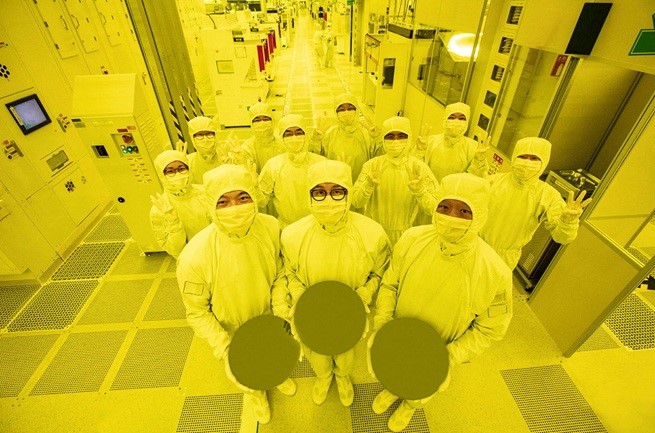In the fierce competition in the semiconductor industry, Samsung Electronics' 3nm process has encountered major challenges, and the Qualcomm and Google order transfer events mark the loss of market trust and the reshaping of the wafer foundry market landscape. In this article, China Overseas Semiconductor Network will try to deeply analyze the reasons behind this incident, the market impact and Samsung's future strategy.
The dilemma and challenges of Samsung's 3nm process
Samsung Electronics' attempt at the 3nm process is ambitious, but the reality is grim. According to industry sources, Samsung's 3nm process (SF3E) has not performed as expected in terms of mass production yield and energy efficiency, causing two major customers, Google and Qualcomm, to turn to TSMC. It was previously reported that the yield rate needs to reach more than 70% before Samsung can win the Qualcomm order. And this shift is not only a question of Samsung's technology, but also a direct impact on its market position.
The underlying reasons why customers are turning
Qualcomm and Google's transfer orders are not a whim. According to market research firm TrendForce, Samsung Electronics' foundry's market share fell slightly to 11% in the first quarter of this year from 11.3% in the fourth quarter of last year, while TSMC's market share increased from 61.2% to 61.7% in the same period. This change reflects the market's different assessments of the technical strength and capacity stability of the two companies.
Risks and consequences of technology route selection
Samsung opted for a GAA structure on the 3nm process, which is theoretically supposed to deliver higher performance and lower power consumption. However, according to a report released by Hi Investment & Securities in July 2023, the yield of Samsung's 3nm process has reached 60%, but its yield does not seem to be stable over time, in stark contrast to TSMC's solid performance. TSMC's 3nm process has provided high-performance solutions for many companies, including Apple, AMD, Nvidia, and others, while Samsung's aggressive technology route has failed to translate into a market advantage.

Figure: Samsung's 3nm process has hit a bottleneck, and the yield has failed to meet expectations
Reshaping the market landscape
The transfer of orders from Qualcomm and Google not only affected Samsung, but also accelerated the reshuffle of the wafer foundry market. With its leading position in the 3nm process, TSMC has gathered most of the 3nm process orders, further consolidating its market dominance. Samsung's loss may prompt it to re-examine its technology development and marketing strategy.
Samsung's future strategy
In the face of the current challenges, Samsung needs to quickly adjust its technology roadmap and market strategy. According to reports, Samsung has shifted to mass production of third-generation 4nm chips in an effort to achieve a better balance between yield and performance. In addition, Samsung is actively seeking to restore market trust by optimizing processes and improving yields.
conclusion
In the view of China Exportsemi Net, the urgency of Samsung's 3nm process is a comprehensive embodiment of technical challenges, market trust and competitive strategies. The Qualcomm and Google transfer incident is not only a major test of Samsung's technology, but also a landmark event that reshapes the competitive landscape of the wafer foundry market. Samsung's future will depend on how it responds to current challenges and how it finds a new balance between technological development and market competition.






